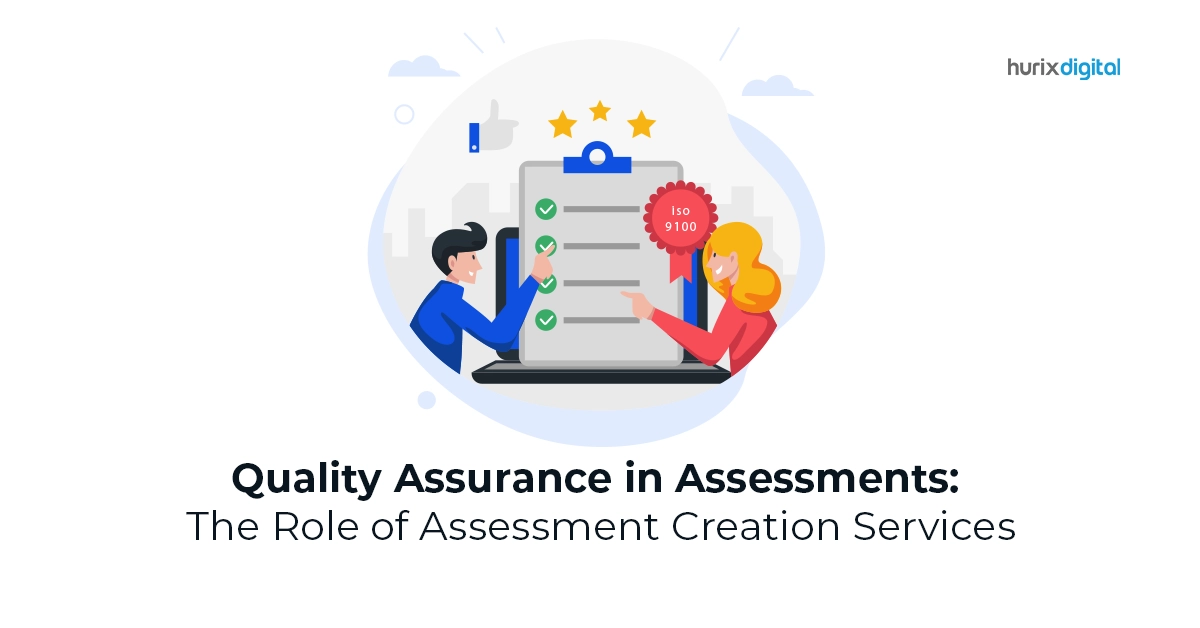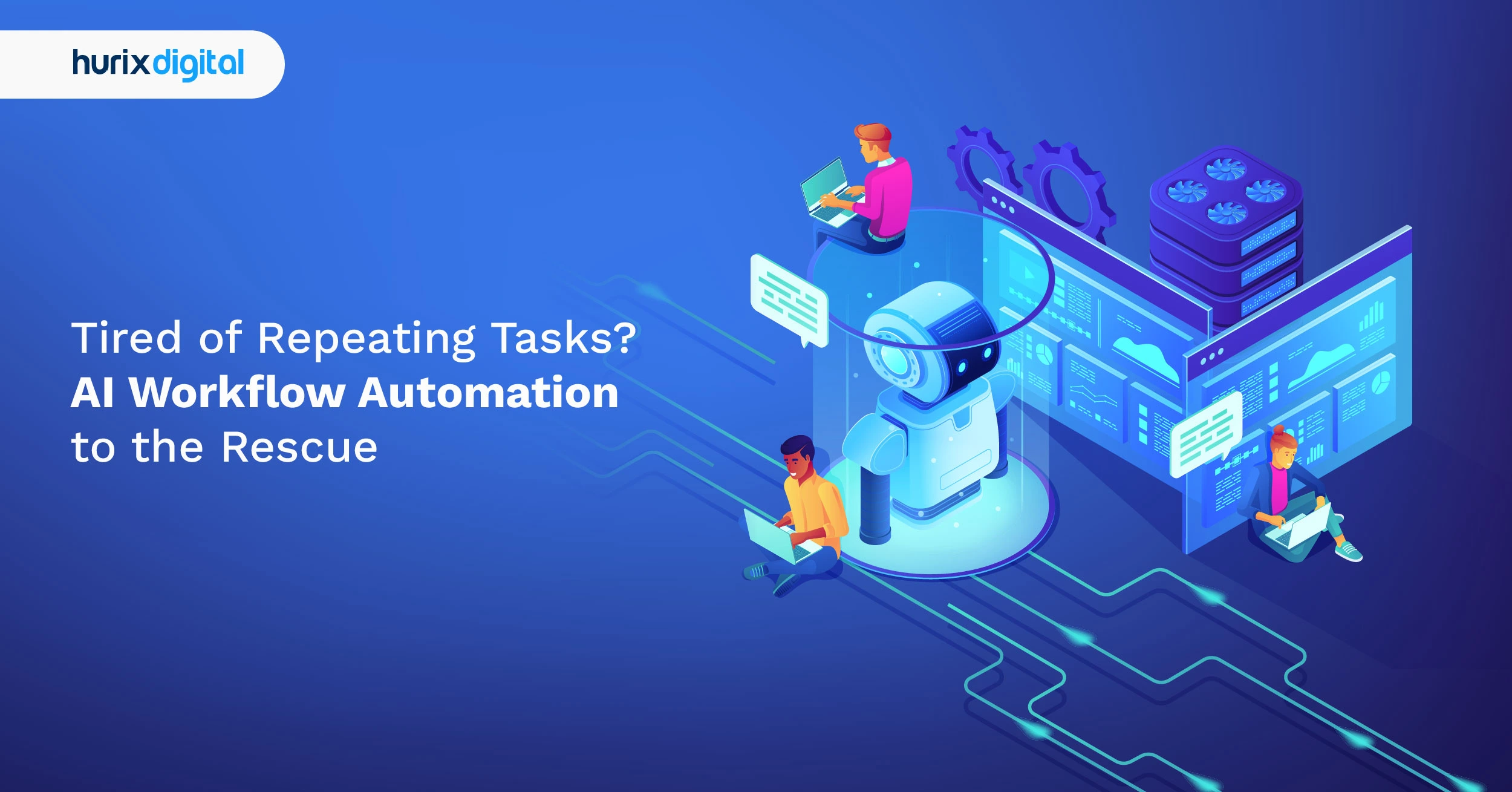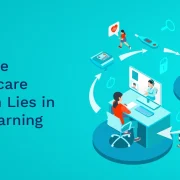
Quality Assurance in Assessments: The Role of Assessment Creation Services
Quality Assurance is a useful tool today, as quality control in business is of growing importance. It is a comprehensive system that maintains and enhances the quality, equity, and efficiency of products or services. It identifies hidden flaws, celebrates strengths, and charts a course for continuous improvement. It establishes a culture of transparency and accountability among individuals who collectively strive for excellence.
Quality Assurance involves a series of assessments that fuel collaborative problem-solving and lead to the development of innovative solutions for personalized learning.
Table of Contents:
- Quality Assurance Assessments in Education
- What is the Role of Technology in Quality Assurance Assessments?
- Why are Quality Assurance Assessments Important?
- The Benefits of Assessment Creation Services
- To Sum Up
Quality Assurance Assessments in Education
Quality Assurance (QA) assessments in education involve a thorough inspection of the educational materials, systems, and practices to ensure that every learner receives the educational polish they deserve to unlock their full potential, regardless of background or ability. These assessments meticulously examine the process of learning to gauge the effectiveness of the exercise and identify obstacles that hinder the progress of students.
Moreover, assessments are a vital tool that helps evaluate student learning. This evaluation enables educators to praise students’ strengths and provide feedback in areas that require attention. Such evaluations also help institutions improve their methods of instruction.
QA assessments help assess the efficiency of the curriculum and teaching materials. It helps ensure that the teaching methods spark curiosity, ignite critical thinking, and facilitate understanding.
What Is the Role of Technology in Quality Assurance Assessments?
The sphere of education is undergoing a metamorphosis, and technology is emerging as a potent catalyst that ensures the efficacy of learning experiences. Innovative tools like automated grading and multimedia integration redefine accuracy and student engagement.
By incorporating technology in conducting summative assessments and formative assessments, the educational process can bid adieu to time-consuming manual grading. Such a paradigm shift keeps human errors and inconsistencies at bay and enriches the learning experience.
Complex concepts and abstract ideas become readily digestible for learners, which results in better comprehension and retention.
Also Read: Key Considerations When Implementing QA Testing
Why are Quality Assurance Assessments Important?
The construction of a building without checking its foundation and wiring circuits without running thorough checks may lead to faulty infrastructure. However, the consequences of such negligence in education are far greater.
QA assessments play a crucial role in safeguarding the integrity and efficacy of educational systems by ensuring that every student receives the solid foundation and well-functioning learning environment they require for quality education.
1. Guaranteeing Quality Education
They act as a check on educational institutions to deliver a standard-quality education and avoid inaccuracies and inefficiencies that go unnoticed.
2. Fueling Continuous Improvement
In addition to pointing out flaws, Quality Assurance assessments provide valuable feedback and guidance to refine educational practices and adopt innovative strategies through self-evaluations and external audits. This ongoing cycle of assessment helps improve the quality of education.
3. Empowering Educators and Learners
QA assessments provide constructive feedback to educators about their teaching methods to help them hone their skills and develop best practices.
Similarly, student assessments identify individual needs, allowing teachers to personalize their instruction to suit the needs of students. This collaborative approach results in continuous learning and growth for educators and students.
4. Building Trust and Transparency
Quality assurance assessments create transparency and build trust between various stakeholders, leading to a more cohesive and supportive educational environment.
5. Safeguarding Equity and Access
QA assessments promote equity and accessibility to quality education by identifying and addressing disparities in resources, teaching practices, and student outcomes.
The Benefits of Assessment Creation Services
There are several advantages to using online assessment creation services. Let’s look at some of them.
1. Better Evaluation with Personalized Assessments
Traditional pen-and-paper assessments face growing criticism because of their rigidity and inability to cater to individual learning needs. However, customized tests use sophisticated algorithms to analyze student responses in real time and adjust question difficulty and subject matter to create a personalized learning journey.
Recent studies show that there is an increase in learning outcomes for students using adaptive assessments. It paints a more precise picture of individual strengths and weaknesses, empowering educators to tailor lessons according to the student’s needs.
2. Provides Data-Backed Feedback
With the help of data analytics, educators gain an unprecedented view of student performance and learning patterns. The learning system, backed by cutting-edge technology, boosts student engagement by 20%. Data-driven insights allow educators to customize instruction for students, optimize assessments, and make evidence-based decisions.
Such an approach ditches one-size-fits-all exams and ensures every student’s learning journey is personalized and optimized for success.
3. Incorporates Gamification and Simulation in Assessments to Increase Interaction
Modern assessment creation services use VR headsets and step into a simulated world. Gamified and simulation-based learning and assessments replace rote memorization with immersive experiences that test critical thinking, decision-making, and the real-world application of knowledge.
Gamified assessments can boost engagement by a whopping 48%. It also provides rich data on problem-solving skills and critical thinking.
This innovative approach makes learning fun and paints a nuanced picture of student strengths and weaknesses, paving the way for personalized instruction and unlocking the full potential of every learner.
4. Awards Digital Recognitions
Online assessment creation services make tests a welcome challenge for students. Learners are entitled to digital badges brighter than any trophy based on their performance.
Digital badges and micro-credentials are revolutionizing how we recognize and showcase skills. These bite-sized acknowledgments of accomplishments, like digital trophies earned through skill acquisition and micro-learning, create a far more accurate and vibrant picture of learner capabilities.
A 2023 LinkedIn report highlights that 70% of recruiters now see micro-credentials as valuable indicators of job-ready skills. This shift redefines the value of assessment, moving beyond grades and scores to a dynamic, personalized showcase of individual strengths and competencies.
5. Automation
Assessment creation services transcend the traditional grading system with the power of AI. The assessment revolution is powered by artificial intelligence (AI) and machine learning (ML). It transforms grading from a tedious chore to a personalized learning tool. AI robots zip through exams and articulate accurate scores and feedback in a flash, freeing professors to guide students.
Moreover, Machine Learning algorithms analyze student response patterns, identifying individual strengths and weaknesses to recommend personalized learning paths. This data-driven approach ensures assessments become increasingly objective, efficient, and personalized.
Also Read: 7 Methods of QA Testing Every IT Company Must Know
To Sum Up
The importance of assessment creation services is undeniable. By understanding their role, the education sector can work together to build a future where every learner has the opportunity to shine and reach their full potential.
Hurix Digital offers customized assessment creation services for the education and corporate sectors. If you are looking for top-quality assessments in education, Hurix Digital is the right platform. Our assessment services follow the required guidelines and standards and commit to quality education to build a brighter future for children and communities.

Vice President – Content Transformation at HurixDigital, based in Chennai. With nearly 20 years in digital content, he leads large-scale transformation and accessibility initiatives. A frequent presenter (e.g., London Book Fair 2025), Gokulnath drives AI-powered publishing solutions and inclusive content strategies for global clients








